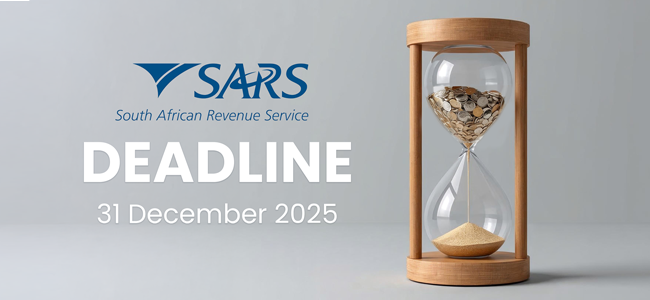By Gerrit Weideman
•
December 5, 2025
“You can dream, create, design and build the most wonderful place in the world, but it requires people to make the dream a reality.” (Walt Disney) Faced with rising demand, every successful solo-business person or freelancer will start wishing they had someone around who could help. But deciding to hire means planning for ongoing salary costs, statutory contributions, written contracts and record-keeping. Do it deliberately, with preparation and you will gain capacity and potentially, increased profit. Do it without preparation and you can pick up expensive legal and tax problems. When’s the right time? First, make a list of tasks you believe you could hand over. Then look for areas that could be improved if you had someone to help with them. For example, if admin, scheduling or basic service work is stopping you from completing billable hours, then that’s a clear sign that something needs to change. You may want to consider hiring if you find yourself regularly turning away clients, or when your quality slips because you are over-stretched. You should also consider whether you have a steady pipeline that has areas of potential growth. If the need is temporary, a contractor might be a better bet. Taking that next step If you have decided to hire, then the next step is calculating just how much you can afford to pay. A salary is not just the monthly wage. You need to include a budget for additional costs you may need to carry, like equipment, training and the chance that the hire won’t be productive from the outset. Who to hire first When choosing who to hire, you should closely examine just where you’re getting stuck and then look for an employee who removes the biggest bottleneck. Common first hires include an administrative assistant to help with invoicing, scheduling and emails and a junior specialist or apprentice who can do the routine parts of your core service. Your job advert should cover that bottleneck and list the main tasks and skills required. You should avoid the temptation of writing vague or overloaded job descriptions in the hope of finding a jack-of-all-trades. While these people may exist, they won’t be looking at entry-level jobs. Key registrations as an employer Before the first payday, you will need to register as an employer with SARS so you can withhold PAYE (pay-as-you-earn) tax. You will also need to register with: The UIF (Unemployment Insurance Fund) where both employers and employees contribute 1% of pay The Compensation Fund (COIDA), which covers workplace injuries If your annual payroll exceeds R500,000 you must register for and pay the Skills Development Levy (SDL) – 1% of payroll. After that, you should set up your payroll processes as these need to be in place before the first pay run. Payroll mistakes are common and costly and your accountant (that’s us) can help you to set these up correctly. Contracts and labour law basics Every employee should ideally have a written contract that sets out salary, hours, duties, leave and notice period. Even small, first-time employers must follow The Basic Conditions of Employment Act (which sets minimums for working hours, leave, and overtime) and the Labour Relations Act, which governs fair dismissal procedures and dispute resolution. If you need help, ask us. Tax obligations and paperwork As an employer you must deduct PAYE from salaries and submit monthly EMP201 returns to SARS, pay your share of UIF and submit monthly UIF returns, pay SDL if you meet the threshold and submit the relevant returns, issue IRP5s to employees at year-end and reconcile with SARS (EMP501). While this may sound like a lot, as your accountants, we are here to help with it all. Legal structures Now might also be the time to restructure the way you do business. A sole proprietor can hire staff, but you remain personally liable for the business and any mistakes your employees make can become a very real and very personal problem. A private company (Pty) Ltd meanwhile separates business liabilities from personal assets and may be a sensible step once turnover and payroll grow. You can register a company with CIPC if you want that separation. Other options include a partnership and a trust. Not sure which to choose? Ask us. Last word This may all sound like a lot, but try not to get bogged down in the details. Hiring is a practical step toward growth. It adds cost and complexity, but the right staff member can free you up to bring in more work, raise standards and, ultimately, build a business that lasts. Plan, register, document and manage carefully, and your first employee will be a value-add rather than a risk. And remember – we are here to help with all of the technical aspects.






